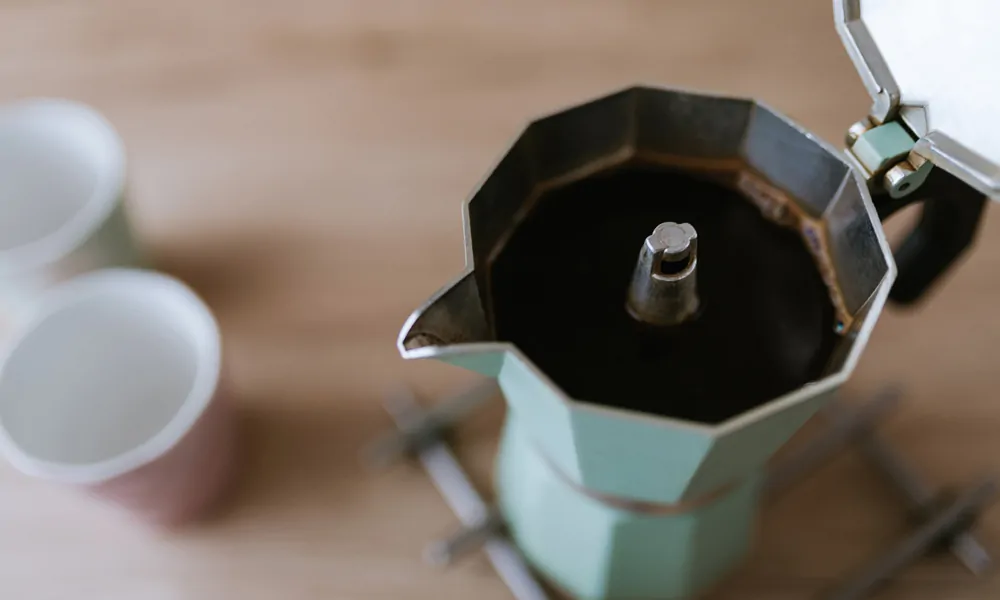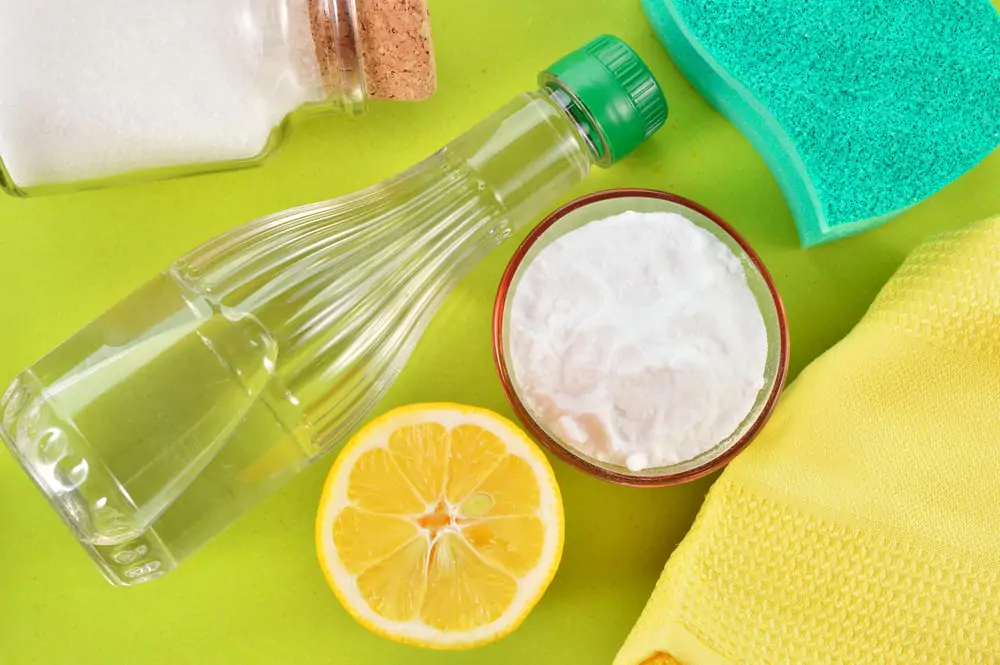Wondering how to clean a stainless steel coffee pot without damaging it? We have chosen 5 popular methods for you to try including several homemade cleaners.
One of the keys to making any great coffee is using clean tools. Not only does it make sense when it comes to cleanliness, it actually affects the taste of the final product. Knowing how to clean a stainless steel coffee pot is an essential part of making a great-tasting cup of coffee if this is your coffee-making tool of choice.
One of your primary concerns, when you are cleaning a stainless steel coffee pot, is to make sure you get it clean without degrading the material of the pot. Coffee residue and even hot water can eventually stain a pot over time.
You want your pot to last as long as possible while still getting rid of that stubborn coffee stain. Sometimes, a gentle scrub with your dish brush just won’t do, and that coffee residue won’t come off with soapy water.
Cleaning a stainless steel pot can be done with a simple descaling solution, but it’s still important to know what you are doing before you dive in. Using the wrong cleaning tools could result in you ruining your pot completely.
There are several options for how to clean a stainless steel coffee pot. We have chosen 5 popular methods for you to try.
1. Salt and Vinegar

Mixing salt and white vinegar creates a super easy descaling solution that can also be used to scrub your stainless steel coffee pot. It’s abrasive like baking soda and has the ability to wash away a lot of buildup on your pot.
To clean your pot with salt and vinegar, put a few ice cubes into your coffee pot and add the salt and vinegar. Swish the contents of the pot around inside until the ice has completely melted.
Your goal is to aggravate the debris in the pot to work it loose, then the vinegar and salt help to break it down. When you are finished, you can pour the mix down the drain and clean the pot with some dish soap and warm water.
2. Denture Tablets
That’s right. You can use the same product Grandma uses to clean her dentures to clean your stainless steel coffee pot. Denture tablets are especially adept at getting any hard water stains off of your stainless steel.
To do this, fill your pot halfway with water and drop the tablet into the water. Let it soak in the pot for a few minutes, then get a slightly abrasive brush and scrub away the buildup.
You can use the denture tablet water solution inside and outside of the pot. When finished, rinse with clean water and allow to dry.
3. Dishwasher Detergent and Boiling Water
Gunk is going to build up inside of your coffee pot no matter what you do. And it’s tough to get it off. It happens because the pot is constantly exposed to high degrees of heat.
Stainless steel tends to allow buildup of the gunk, so you’ll need to put some elbow grease into getting your pot clean. Dishwasher detergent pods tend to work very well for this.
Boil water in a pot or tea kettle. While you’re waiting for the hot water to boil, put the dishwasher soap pod into your coffee pot and put it over your sink.
Once the water is boiling, pour it inside of the coffee pot until it is halfway full and let it sit for 30 minutes. Before emptying the soapy water out of the pot, swish it around and rinse with cold water.
The soap mixture and boiling water should have been enough to get the debris loosened, but if not, use a soft, non-abrasive cloth to work the stuck-on pieces free.
4. Baking Soda

Baking soda is a miracle product when it comes to cleaning, and using it on your stainless steel coffee pot is no exception. It breaks down the gunk and has a very mild abrasive nature that gets your pot sparkling clean. Plus no chemicals required!
To use this method, pour baking soda into your pot, get a cloth damp, and gently scrub the pot. You can also let it sit for a little while before you begin scrubbing.
Some people like to pour vinegar into the pot to activate the baking soda and boost its cleaning ability. Lemon is also an effective cleaner and you can use half a lemon dipped in more baking soda as your scourer if you choose.
Just make sure you rinse everything completely clean when you are finished scrubbing so there’s no baking soda or vinegar aftertaste in your coffee. It won’t hurt you, but it won’t taste pleasant!
5. Commercial Stainless-Steel Cleaners
Check the care instructions that came with your pot. There might be instructions or recommendations for how to clean a stainless steel coffee pot and what commercial cleaners work best for doing so.
Keep in mind, many commercial cleaners are not all-natural and might be more abrasive to the pot. Additionally, they might not be great for your skin, so if you choose to use a commercial cleaner, you’ll want to wear rubber gloves while scrubbing.
The most important thing is to make sure you use a commercial cleaner that is slightly non-abrasive. A bit of abrasion is not problematic, but too much and you’ll scratch your pot.
The right amount of abrasion is usually the texture of baking soda or table salt. Some cleaners are effective without additional elbow grease, while others you’ll need to help along.
Commercial cleaners are ideal for breaking down the oil buildup from coffee, so if you prefer high-oil coffees, this is a great option for you.
The Final Word on How to Clean a Stainless Steel Coffee Pot
There are plenty of ways to clean a stainless steel coffee pot. You may choose to try a few and see which one works best for you.
However, while there are homemade options available, such as white vinegar and baking soda, we would recommend starting there. These basic items may already be in your stock cupboard and they provide a nonchemical, safe option for a cleaning product.
